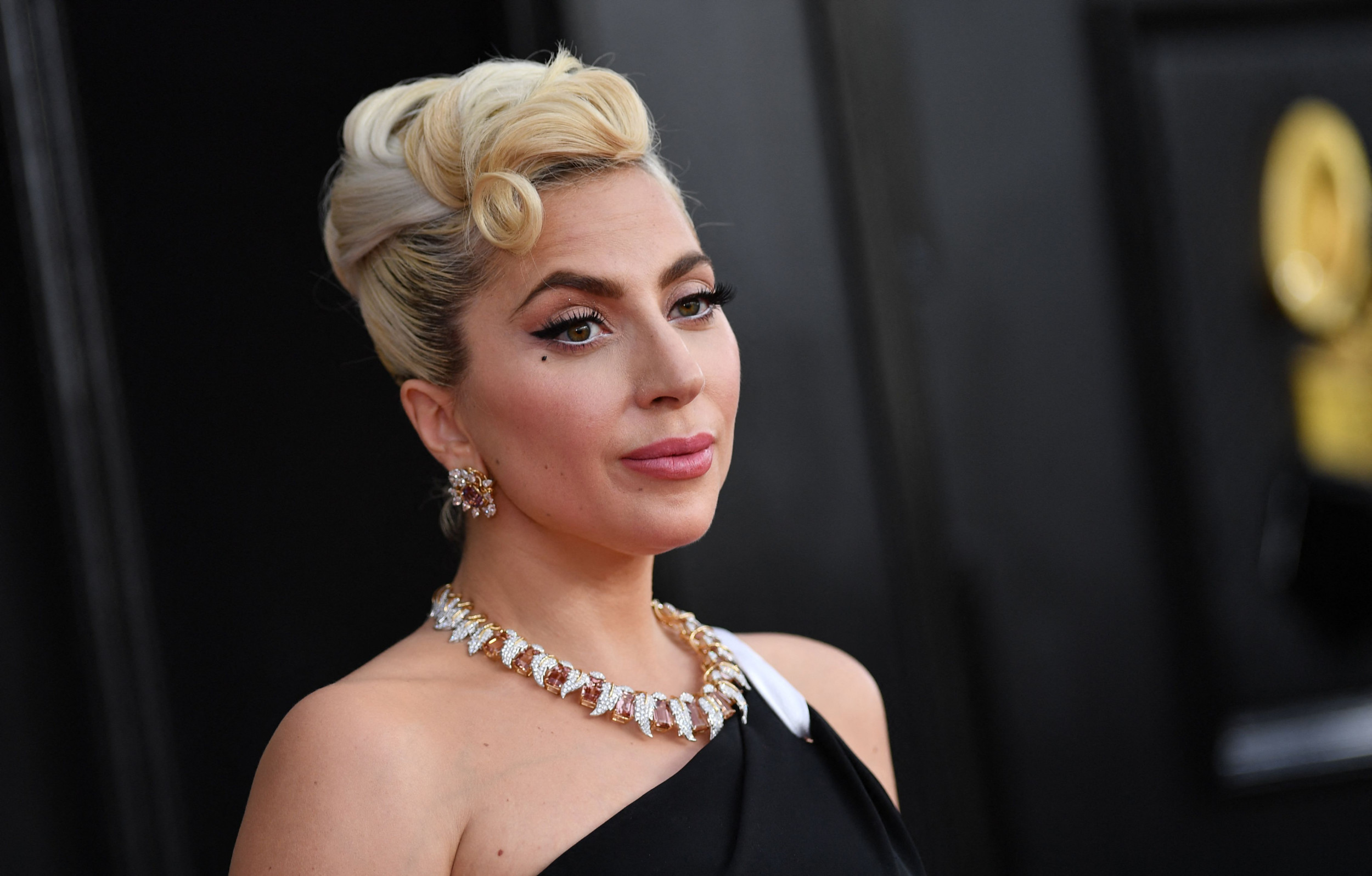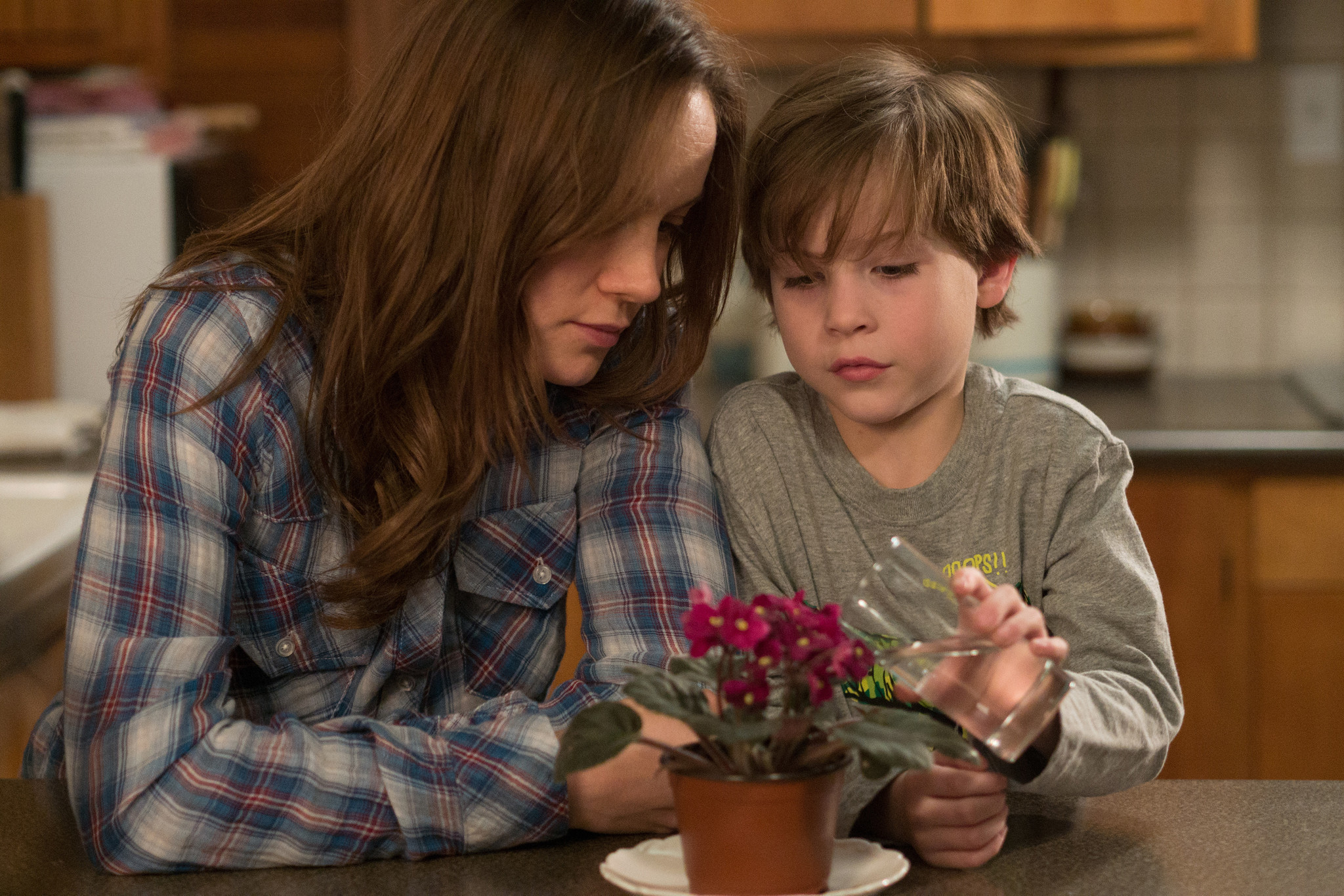
In the sprawling landscape of cinema, where mega-budget tentpoles often dominate headlines and box office charts, it’s easy to overlook the quiet revolution happening in the independent film world. While some studios seem to throw money around like candy, bankrolling projects for eye-watering sums that don’t always translate to cinematic brilliance, there exists a parallel universe where ingenuity, grit, and cleverness over limitation are the true currency. These are the stories of films born from necessity, crafted with miniscule amounts of money, yet destined to become stone-cold classics in their own right. They win awards, catapult artists to fame, and carve out an indelible legacy in the long history of the art form.
Our journey through these remarkable productions defines “low-budget” as films made for under $10 million U.S., though many on our list come in far below that figure. We also touch upon the concept of “cult films,” which, while once referring to low-budget, art-house, or “underground” pieces, now encompasses films that gain dedicated fan followings or renewed appreciation over time. These movies often serve as a testament to the idea that financial constraints can spark the most vibrant visual landscapes and unique storytelling, pushing production teams towards smarter, more creative decisions rather than extravagant ones. The limitations imposed by a lean budget frequently force filmmakers to find innovative solutions, leading to unique aesthetics and narrative approaches that resonate deeply with audiences.
As senior media editors, we’ve witnessed countless trends and transformations in the film industry, but the enduring power of a well-told story, regardless of its price tag, remains paramount. We wanted to dive a little deeper into what went into creating these films and how those low budgets may have contributed to making them some of the most classic and beloved items in any cinephile’s collection. Prepare to be inspired by these cinematic marvels that proved big ideas aren’t exclusive to big budgets, showcasing the talent and vision that can thrive against all odds.
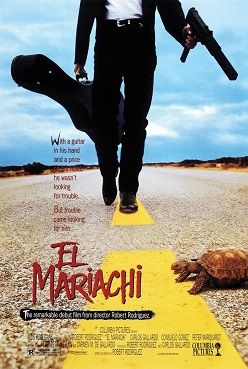
1. **El Mariachi (1992)***El Mariachi* marks the indelible feature film debut of Robert Rodriguez, a director who would go on to become a household name. This moody and atmospheric film stars Carlos Gallardo as an aspiring mariachi musician whose dreams take a dark turn when he is mistakenly identified as a notorious hitman. The hitman, it turns out, keeps his formidable arsenal hidden within a guitar case, setting the stage for a thrilling case of mistaken identity and relentless pursuit that blends action with a distinct, gritty aesthetic.
Remarkably, this micro-budget production was made for just under $8,000. Robert Rodriguez, demonstrating an extraordinary level of commitment and resourcefulness, financed the entire project by participating in experimental drug trials. His dedication to his craft, even at such personal cost, speaks volumes about the passion driving independent filmmakers. Originally, *El Mariachi* was destined for Mexico’s direct-to-video market, a common fate for films with such humble origins, but fate—and some keen industry eyes—had other plans.
Columbia Pictures caught wind of the film’s raw talent and potential, stepping in to polish it up and release it worldwide. This intervention was a pivotal moment, not only launching Rodriguez’s critically acclaimed Mexico Trilogy—which would spawn bigger budget sequels starring Antonio Banderas, Salma Hayek, and Johnny Depp—but also catapulting Rodriguez himself into the heart of Hollywood. From there, he went on to helm major hits like *From Dusk Till Dawn*, *Sin City*, and the beloved *Spy Kids* series, all thanks to the humble beginnings of *El Mariachi*.
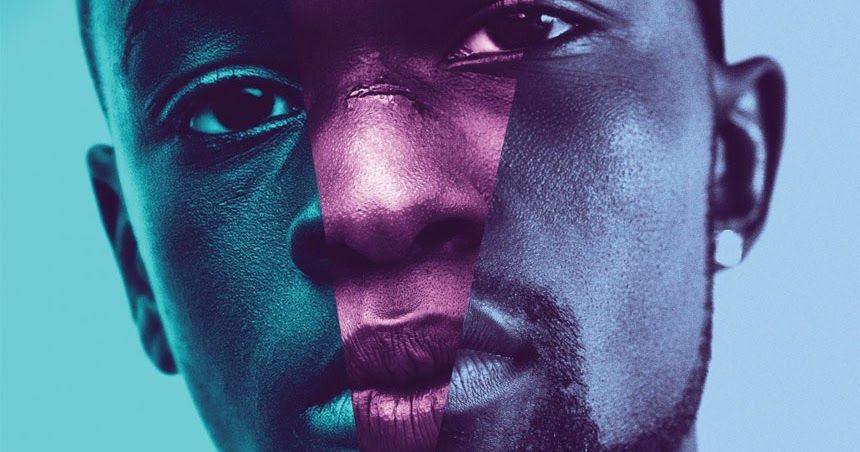
2. **Moonlight (2016)***Moonlight* achieved cinematic immortality by winning the Oscar for Best Picture, albeit in a moment of controversial fashion. However, the true marvel of the film lies not in its accolades but in its profoundly humble assembly. Director Barry Jenkins estimated its budget at approximately $1.2 million, a figure he shared on social media in 2018. This relatively modest budget for such a richly layered and emotionally complex story underscores the immense talent and efficiency of its production team in bringing Tarell Alvin McCraney’s unpublished play *In Moonlight Black Boys Look Blue* to the screen.
The film is a moving and deeply personal rumination on Black identity, masculinity, and queer uality, offering an intimate portrayal rarely seen in mainstream cinema. *Moonlight* meticulously charts the growth of its central character, Chiron, played at different stages in his life by Alex R. Hibbert, Ashton Sanders, and Trevante Rhodes. Their seamless portrayals capture Chiron’s struggles and evolving sense of self against the challenging backdrop of crack epidemic-era Florida, creating a powerful narrative arc that resonates with profound authenticity.
Despite the blinding awards accolades it received, the essence of *Moonlight* is its tender yet uncompromising exploration of the human condition. It delves into the search for self and connection with a delicate touch, refusing to shy away from the complexities of its characters’ lives and the societal pressures they face. The film’s ability to tell such a nuanced and expansive story on a limited budget is a testament to its exceptional direction, poignant script, and remarkable performances, solidifying its place as a truly essential and unforgettable cinematic experience.
Read more about: Beyond the Buzz: Deconstructing the Decade’s Most Overrated Films and the Illusions of Acclaim
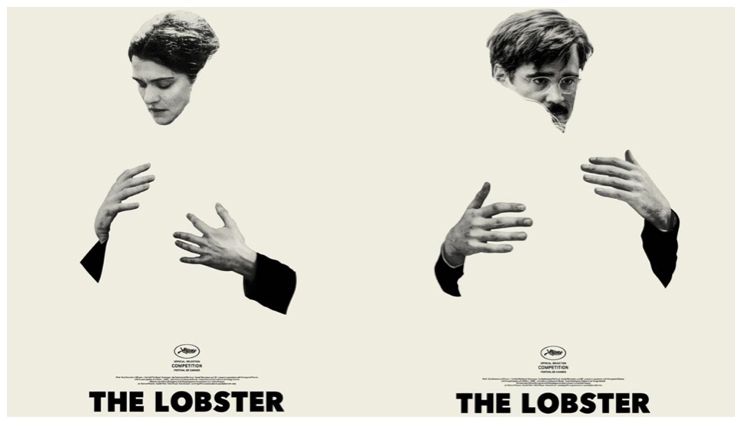
3. **The Lobster (2015)**Only a filmmaker of Yorgos Lanthimos’s singular vision could conceive of a story like *The Lobster*, an absurdist dystopian sci-fi film that feels intimately harrowing despite its surreal premise. Made with a budget of $4 million, the film explores a bizarre world where romantic partnerships are not merely a societal expectation but a matter of life and death. Lonely individuals, like the protagonist David (portrayed by Colin Farrell), are compelled to submit themselves to sumptuary “hotels” where they must find a partner within 45 days. Failure to do so results in a forced metamorphosis into an animal of their choice; David, notably, has chosen to become a lobster should his efforts prove unsuccessful.
Lanthimos’s distinct, deadpan style is perfectly suited to this narrative, amplifying the uncomfortable humor and underlying tragedy. The film boasts an unexpectedly stellar and outsized cast for its budget, including talents like Rachel Weisz, Léa Seydoux, Olivia Colman, and John C. Reilly. These acclaimed actors buoy the film, delivering performances that are at once understated and deeply impactful, ensuring that the audience remains invested in the bizarre fates of the characters. Their collective ability to convey complex emotions within such an unconventional framework is crucial to the film’s success.
Ultimately, *The Lobster* functions as a clever and illuminative satire on the immense pressure society imposes on relationships and the often-painful realities of modern dating. It uses its outlandish premise to dissect deeply relatable anxieties about companionship, conformity, and the search for love in a world that often dictating its terms. The film’s unique blend of dark humor and philosophical inquiry earned it widespread critical acclaim, proving that a medium budget can yield a profound and unforgettable cinematic statement on contemporary social dynamics.
Read more about: These 10 Hilarious Celebs Are Just Like Their Funniest On-Screen Characters
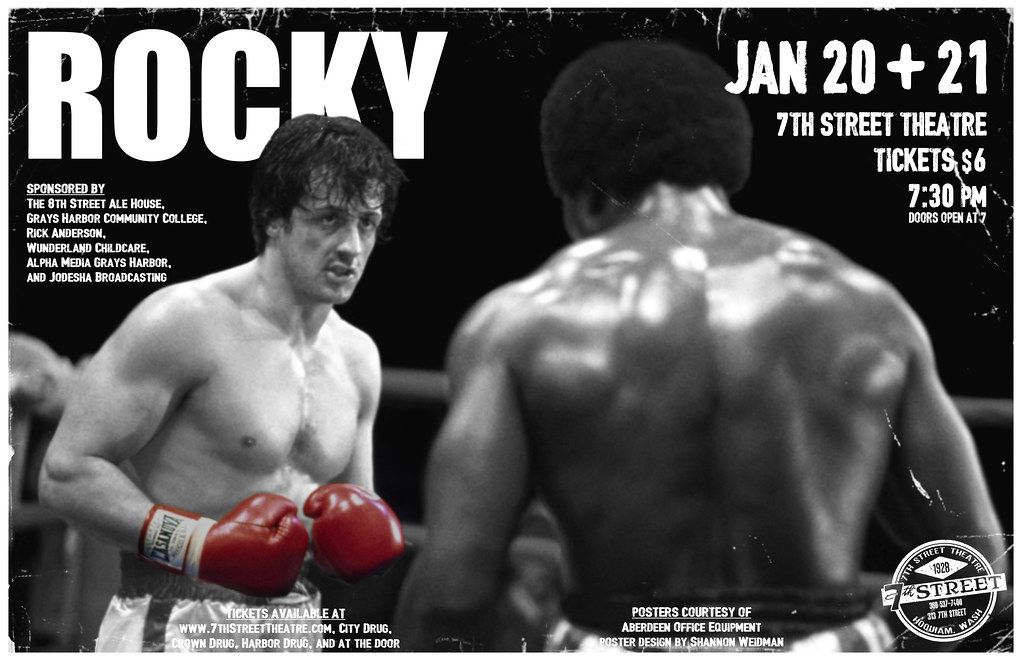
4. **Rocky (1976)**It’s almost hard to fathom, given its monumental legacy, how humbly the original *Rocky* began. This iconic 1976 film, directed by John G. Avildsen, not only spawned a touchstone franchise but also launched the extraordinary career of Sylvester Stallone. The genesis of *Rocky* is rooted in Stallone’s own experiences and observations; he famously wrote the screenplay shortly after watching the legendary Muhammad Ali and Chuck Wepner box in their March 1975 championship bout, drawing inspiration from the underdog spirit of the fight.
Before becoming the cinematic phenomenon it is today, *Rocky* faced significant hurdles. The film almost ended up as a made-for-TV movie at ABC before United Artists picked it up for theatrical production. A major point of contention was Stallone’s unwavering insistence on starring in his own creation; producers initially balked, preferring more established talents like Robert Redford and Burt Reynolds for the lead role. This clash highlighted the tension between artistic vision and commercial viability, a common struggle in Hollywood.
Despite these challenges, *Rocky* was ultimately made for just over a million dollars, with an additional four million more allocated towards marketing. In the end, this investment paid off spectacularly, as *Rocky* became a true underdog success story. It transcended its modest budget and initial resistance to become one of the most beloved sports dramas of all time, creating one of the most successful and enduring franchises in cinematic history. Its narrative of perseverance, both on and off-screen, continues to inspire generations.
Read more about: Yo, Adrian! What Happened To The Iconic Cast Of The Original ‘Rocky’ Movie?

5. **We’re All Going to the World’s Fair (2021)**Jane Schoenbrun’s low-budget feature debut, *We’re All Going to the World’s Fair*, expertly captures the creeping anxiousness of lives lived online, a theme that became profoundly relevant after the world retreated into pandemic-induced isolation, even though the film was shot beforehand. It delves into the disembodied nature of online connection, where identities are often rendered faceless behind screens, creating a pervasive sense of unease and detachment. The film’s prescient themes resonate deeply with contemporary experiences of digital existence.
The narrative centers on a teenage girl, played by Anna Cobb, who participates in the mysterious “World’s Fair Challenge.” This social media game involves a simple yet unsettling ritual: a of the finger, followed by hypnotic chanting, and then the subsequent documentation of the strange horrors participants may or may not be experiencing. This premise skillfully blurs the lines between reality and online performance, psychological torment and genuine supernatural occurrences, making for a uniquely unsettling viewing experience.
In a 2021 interview with Input, Schoenbrun revealed that the movie was made for a mere $175,000, showcasing an incredible feat of micro-budget filmmaking. They aimed for a tone that was simultaneously “spooky” and “soothing,” likening it to the tinny hum of an apartment radiator – a description that perfectly encapsulates the film’s subtle yet persistent sense of dread and intimacy. *We’re All Going to the World’s Fair* stands as a powerful testament to how minimal resources can be leveraged to explore complex, contemporary anxieties with profound effect.

6. **Super (2010)**Before James Gunn blasted off into the stratosphere of major superhero franchises, he delivered a sharp, satirical take on the genre with his indie black comedy, *Super*. Produced with a budget of $2.5 million, this film showcases Gunn’s distinctive blend of irreverent humor, shocking violence, and genuine pathos, long before he became known for his work on *Guardians of the Galaxy* and *The Suicide Squad*. It’s a fascinating glimpse into the artistic sensibilities that would later define his blockbuster successes.
Rainn Wilson stars as Frank Darbo, a short-order cook who, after his drug addict wife (Liv Tyler) falls under the influence of her new boyfriend, a strip club owner (Kevin Bacon), decides to become a superhero. Adopting the alter ego of the “Crimson Bolt,” Frank attempts to rescue his wife, embarking on a vigilante crusade with often brutal and darkly comedic results. The film meticulously subverts traditional superhero tropes, questioning the very nature of heroism and justice in a messy, unpredictable world.
*Super* is a compelling hybrid, functioning as both a superhero satire and a gritty rescue thriller. However, at its core, it is a provocative portrait of the idealized notions we construct in our minds, and how starkly they can clash with the complexities of reality. The film bravely confronts the idea that the world isn’t always a simple matter of good versus evil, offering a nuanced and often uncomfortable exploration of morality, obsession, and the lengths one might go to for love, even if misguided. Its audacious vision, delivered on a modest budget, solidified Gunn’s reputation as a filmmaker unafraid to challenge conventions.
Diving further into the compelling narratives of films that redefined success on a shoestring budget, we continue our exploration of cinematic marvels. These next eight selections further cement the idea that vision, innovation, and unwavering dedication can propel a movie from humble origins to an esteemed place in film history. Each story serves as a testament to the power of independent filmmaking, proving that big ideas and lasting legacies aren’t exclusive to Hollywood’s most lavish productions.
Read more about: Katy Perry’s Chart-Topping Legacy: A Comprehensive Analysis of Her Music Milestones, Commercial Success, and Cultural Impact
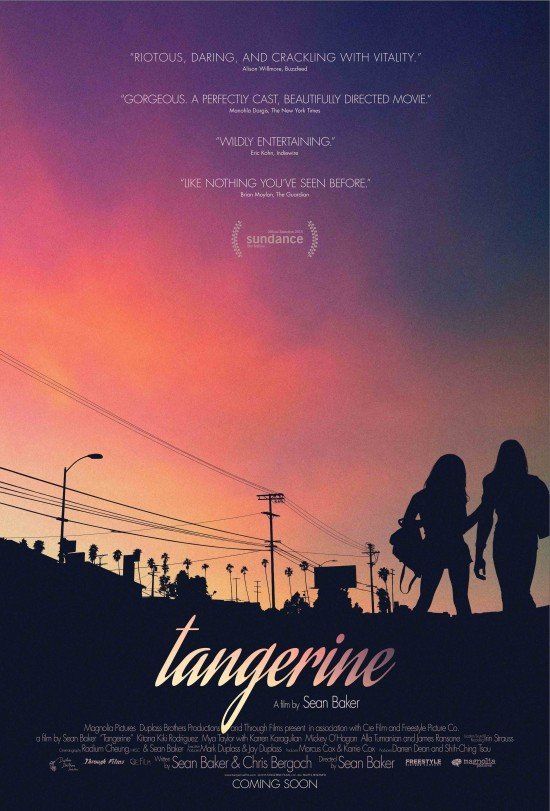
7. **Tangerine (2015)**Director Sean Baker’s microbudget comedy-drama, *Tangerine*, stands as a vibrant testament to innovative filmmaking, shot entirely on iPhone 5S smartphones. This unconventional approach allowed the film to immerse viewers in the gritty yet heartfelt journey of Sin-Dee Rella, a transgender worker. Her determined search for her cheating boyfriend and pimp on one fateful Christmas Eve, aided by her best friend Alexandra, captures a raw authenticity rarely seen.
The film masterfully creates a unique aesthetic, described as having the strange vibes of “Grand Theft Auto meets Wong Kar-wai.” It unearths tons of heart amidst its seedy aesthetics, with the perpetually setting California sun bathing the grimy corners of Hollywood in a picturesque golden glow. This stylistic choice not only served as a budgetary solution but also became an integral part of the film’s distinctive visual identity.
*Tangerine* proves that groundbreaking storytelling doesn’t require expensive equipment or massive crews. Its audacious spirit and pioneering use of mobile technology pushed the boundaries of what independent cinema could achieve. The film’s critical acclaim highlighted how resourcefulness and a clear artistic vision can profoundly elevate a narrative, creating a visually compelling and emotionally resonant experience.

8. **First Cow (2019)**From acclaimed filmmaker Kelly Reichardt comes *First Cow*, a heart-shattering portrait of friendship and the profound personal costs in pursuit of the American dream. Set in 1820 Oregon, the film follows the unlikely bond between a quiet chef, portrayed by John Magaro, and Orion Lee’s Chinese immigrant on the lam. Together, they hatch an ingenious, albeit illicit, scheme.
Their plan involves secretly milking the prized cow belonging to a wealthy English trader, using the stolen milk to bake delectable biscuits. These unique confections quickly become a huge hit, allowing the duo to enjoy a small fortune and a brief taste of prosperity. However, fate, as it often does in such narratives, intervenes, threatening their fragile success.
While *First Cow*’s budget of just over $2 million was the most money Reichardt had ever worked with at that point, it remained a mere “milk drop in the bucket” compared to other cinematic endeavors. Reichardt herself acknowledged this, telling GQ in 2020 that it was “a low-budget film, obviously, but bigger for me,” underscoring the film’s meticulous craft and profound emotional depth achieved within its modest financial framework.
Read more about: Beyond the Charts: Inside Beyoncé’s Houston Studio and the 2 Billion-Dollar Enterprise Controlling Her Narrative
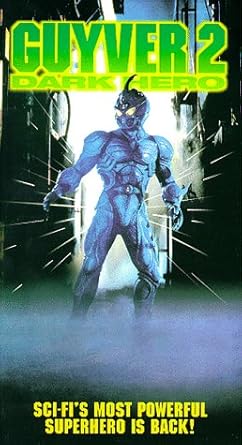
9. **Guyver: Dark Hero (1994)***Guyver: Dark Hero*, directed by Steve Wang, offers a Cronenberg-esque alternative to the brightly colored heroism of *Mighty Morphin Power Rangers*. This film serves as a dynamic follow-up to its 1991 predecessor, *The Guyver*, and is a captivating adaptation of the Japanese manga/anime franchise *Bio Booster Armor Guyver*. Notably, Metal Gear Solid actor David Hayter takes over the lead role as Sean Barker.
Set one year after the original, the sequel finds Sean Barker using his alien powers to fight crime, yet simultaneously haunted by unsettling visions of an archaeological dig site. This narrative thread adds a layer of mystery and darker undertones, differentiating it significantly from its predecessor. The film embraces a more serious and intense tone, aligning with the “Dark Hero” in its title.
*Guyver: Dark Hero* is widely considered superior to the original, presenting a more action-oriented and mature vision. Steve Wang, a self-professed tokusatsu fanatic, infused his deep fandom enthusiasm into his craftsmanship, elevating the film’s fight sequences and creature design. This dedication, combined with a modest production budget, resulted in an underrated ’90s gem that showcases passionate genre filmmaking at its best.
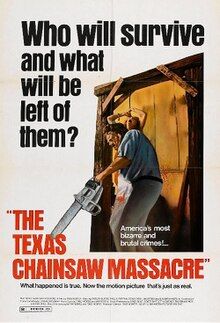
10. **The Texas Chain Saw Massacre (1974)***The Texas Chain Saw Massacre* is unequivocally one of the most influential horror movies of all time, a chilling creation from director Tobe Hooper. Hooper drew his inspiration from a unique blend of sources: the stark gruesomeness of TV news, the infamous serial killer Ed Gein, and the unsettling political landscapes shaped by Watergate and the Vietnam War, all contributing to its pervasive sense of dread.
Produced on a budget in the neighborhood of $140,000, this film arguably established the definitive slasher subgenre. Its straightforward yet terrifying premise—of unsuspecting teens wandering into the wilderness only to be viciously picked off one by one—has been imitated countless times but rarely surpassed in its visceral impact. The film’s raw, documentary-like style intensified its horror, making it feel disturbingly real.
This seminal work epitomizes how horror can be the go-to genre for intrepid, experimental artists to make the absolute most out of what little they have. *The Texas Chain Saw Massacre* proved that financial constraints could force creativity, leading to groundbreaking techniques and a unique atmosphere that, against all odds, churned out a classic that has resonated through generations of filmmakers and horror enthusiasts alike.
Read more about: The Science of Fear: Unmasking the Decade’s Scariest Horror Films, Crowned by Data and Critics
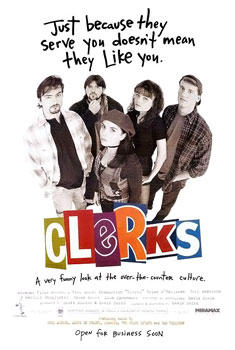
11. **Clerks (1994)**The debut film from New Jersey auteur Kevin Smith, *Clerks*, is a quintessential slice-of-life indie dramedy. It chronicles one particularly hectic day at a suburban convenience store, where frustrated Dante, played by Brian O’Halloran, and his cynical movie junkie friend Randall, portrayed by Jeff Anderson, navigate mundane absurdities and existential quarter-life crises. The film’s dialogue-heavy, character-driven narrative captured a specific generational ennui.
Remarkably, *Clerks* was made on less than $30,000, a sum that 23-year-old Smith financed through extraordinary means. He maxed out credit cards, sold his prized comic book collection, and even turned to his parents for financial assistance. The film’s iconic black-and-white cinematography, often mistaken for an artistic statement, was in fact a pragmatic budgetary choice, as Smith simply could not afford color film stock.
After a whisper-quiet premiere at the Sundance Film Festival, where its unique voice quickly gained traction, *Clerks* was picked up by Miramax. This pivotal acquisition transformed it into an indie movie sensation, not only launching Smith’s distinctive career but also establishing his brand. The film remains a powerful example of how pure passion and resourceful, unconventional financing can pave the way for a lasting cinematic legacy.
Read more about: 12 Shameless ’90s Comedies That Just Didn’t Care if You Were Offended: A Deep Dive into Fearless Humor

12. **The Worst Person in the World (2021)**Norwegian filmmaker Joachim Trier interrogates the complex pitfalls of modern relationships and our intrinsic human need for connection, however fleeting, in his acclaimed 2021 rom-com, *The Worst Person in the World*. Renate Reinsve delivers a captivating performance as Julie, a young woman in Oslo whose impulsive change in academic study inadvertently kicks off a serpentine path in her romantic life.
This journey places her in the orbits of two distinct men: Aksel, a comic book creator played by Anders Danielsen Lie, and later, Eivind, a barista portrayed by Herbert Nordrum. Julie, as the title suggests, isn’t necessarily a truly bad person, but rather a young woman paralyzed by commitment. Her indecisiveness and search for self-definition profoundly frustrate those who attempt to love her, creating a deeply relatable and often poignant character study.
Reported by Variety to have a budget of $5.6 million (U.S.), *The Worst Person in the World* is a thoroughly modern movie that cleverly subverts traditional rom-com conventions. It offers a nuanced and honest exploration of contemporary love, ambition, and existential angst, proving that a moderately sized budget can yield a critically resonant and philosophically rich cinematic experience that resonates globally.
Read more about: Beyond the Headlines: Britney Spears’ Memoir Unveils Decades of Hidden Pacts and Profound Revelations
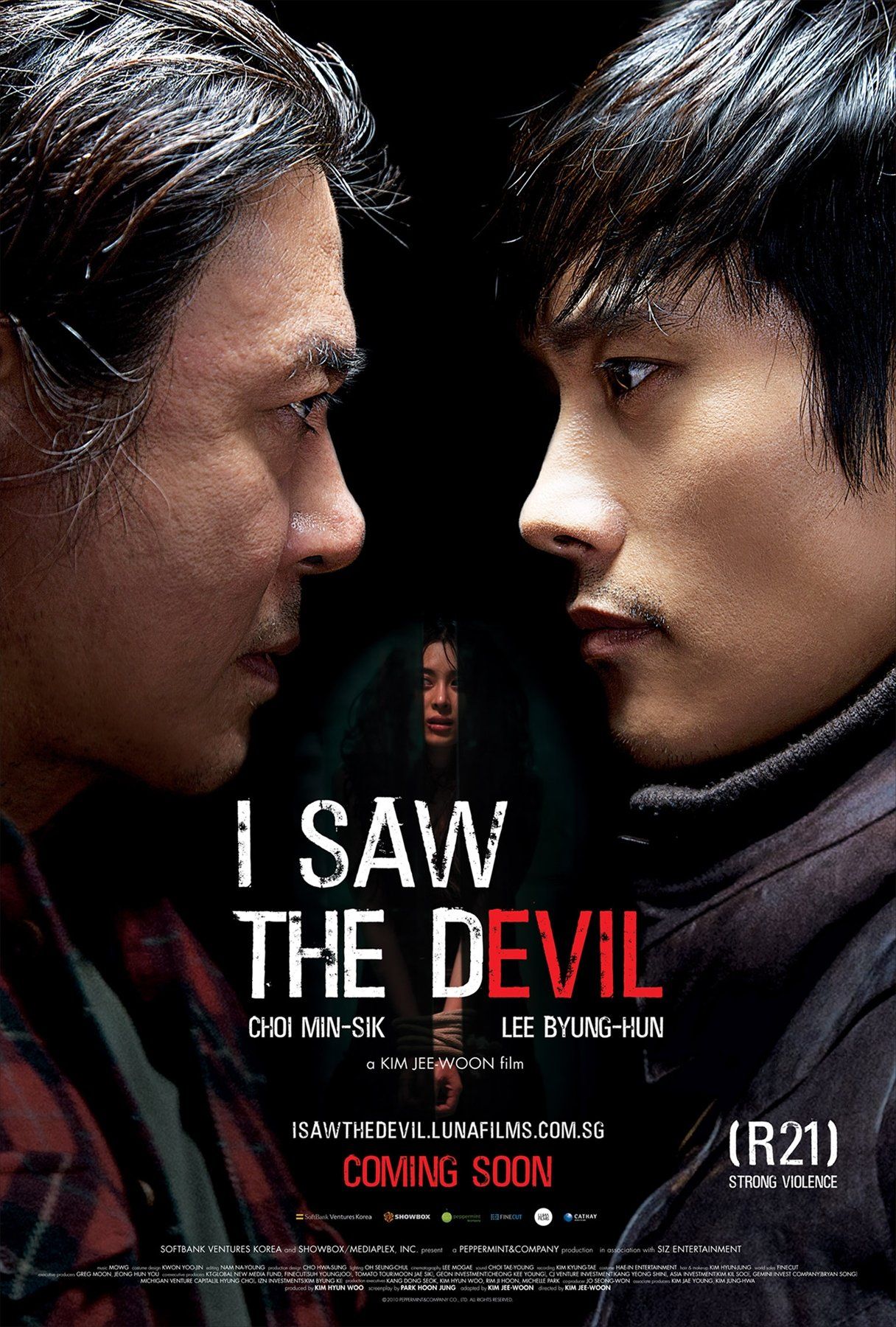
13. **I Saw the Devil (2010)**Kim Jee-woon’s unforgettable *I Saw the Devil* is a pitch-black thriller that grips viewers with its perverse and pulverizing narrative. Despite starring Korean film industry A-listers Lee Byung-hun and Choi Min-sik in the lead roles, this intensely graphic and psychologically harrowing film impressively came together for a modest $6 million price tag, a testament to its efficient and focused production.
Lee Byung-hun stars as a government agent relentlessly on the trail of a ruthless serial killer, portrayed by Choi Min-sik, who tragically murdered his wife. What ensues is not merely a cat-and-mouse game, but a descent into vengeful obsession that blurs the lines between protagonist and antagonist, justice and pure brutality. The film pushes boundaries, exploring the darkest corners of human nature.
*I Saw the Devil* stands as a transgressive Korean New Wave classic, one that, in its sheer audacity and unflinching depiction of violence, makes many other R-rated thrillers “look like a Saturday morning cartoon.” Its ability to achieve such a high level of cinematic intensity and critical acclaim on a relatively constrained budget underscores the power of compelling storytelling and masterful direction in the horror-thriller genre.
Read more about: Katy Perry’s Chart-Topping Legacy: A Comprehensive Analysis of Her Music Milestones, Commercial Success, and Cultural Impact
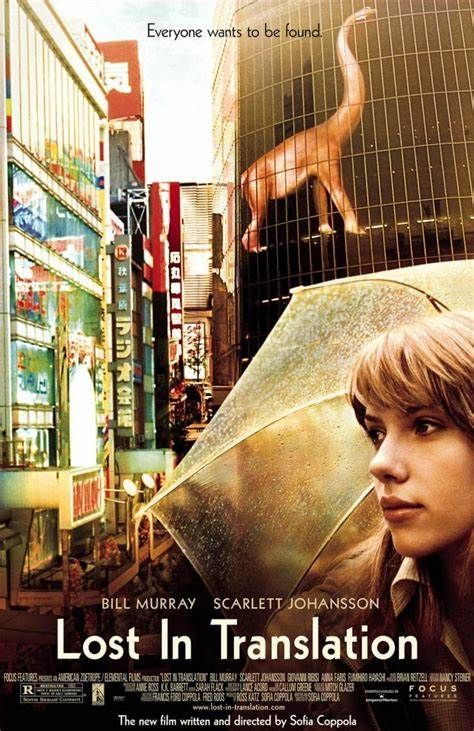
14. **Lost in Translation (2003)**Sofia Coppola’s early aughts classic, *Lost in Translation*, is a poignant exploration of connection and loneliness set against the bustling backdrop of Tokyo. Bill Murray delivers a career-defining performance as an aging American movie star navigating a midlife crisis while in Japan as a whiskey spokesperson. He unexpectedly forges a deep, unspoken bond with Scarlett Johansson’s young, beautiful college graduate, Bob.
Coppola herself described the film’s essence as “romantic melancholy” in a 2004 *Sight & Sound* interview, perfectly capturing the film’s subtle emotional resonance. The movie was brought to life after an incredibly efficient 27-day shoot in September 2002, executed with a dedicated small crew, which contributed significantly to its intimate and unpretentious feel.
Do not let the star power of Murray and Johansson deceive you; *Lost in Translation* was made for only $4 million. This remarkably low budget was a direct result of Coppola’s unwavering insistence on maintaining complete creative control. She achieved this by strategically inviting various distributors from different regions to finance the project, thereby reducing any single entity’s influence and preserving her singular artistic vision. The film’s enduring success is a powerful reminder that creative independence, even with financial limitations, can lead to timeless cinema.
Read more about: The Unrelenting Pace of Stardom: Why Scarlett Johansson’s Illustrious Career Demands a Closer Look
From the shoestring budgets of visceral horrors to the carefully constructed worlds of poignant dramas, these films consistently defy expectations. They remind us that the true currency of cinema isn’t always measured in dollars but in daring visions, ingenious solutions, and stories so compelling they become indelible parts of our cultural fabric. These classics prove that sometimes, the greatest constraints inspire the most boundless creativity, leaving us with films that resonate for generations, long after the initial buzz of their release fades. Their legacies are a vibrant testament to the enduring power of art made with heart, grit, and an unwavering belief in the story itself.


